In an effort to closely examine the relationship between selected commodities and areas at risk of deforestation, chocolate manufacturer giant Barry Callebaut has teamed up with ETH Zürich, a Swiss public research university, to come up with a High Carbon Stock (HCS) map targeting forests in Malaysia, Indonesia, and the Philippines. The map—an “industry-first”, according to Barry Callebaut—combines existing methodologies involved in deforestation research and artificial intelligence, and provides an indicative illustration of HCS areas by classification across the aforementioned target countries.
From ETH Zürich and Barry Callebaut: “Note: Our indicative HCS map shows which areas are identified as so-called High Carbon Stock forests. These natural forests store a high amount of carbon in the form of biomass. In addition, the map also shows degraded lands (open land and scrub) that store less carbon. Our first high-resolution indicative HCS forest map for Indonesia, Malaysia, and the Philippines is a land-use planning tool. It allows efficient use of available resources to identify forests that should be protected for conservation and degraded lands that may potentially be developed.”
Source: Barry Callebaut (2021)
It is interesting to see the data presented here. Malaysia appears to have a relatively high concentration of medium to high density forest cover, particularly in Sabah, Sarawak, and along the Titiwangsa mountain range of Peninsular Malaysia. For Indonesia, medium to high density forests can be observed in Papua, Sulawesi, Kalimantan, as well as along the north and western areas of Sumatera.
The release of this HCS map comes amid rising sustainability concern within the coca sector, particularly how the practice of cocoa monoculture has contributed towards global deforestation rates. The Smithsonian Earth Optimism hosted a three-day conference on cocoa agroforestry and production in late May 2021, where the more robust cocoa agroforestry approach was recommended, i.e. the cultivation of cocoa alongside other crops. Similarly, Mongabay recently released a commentary surrounding cocoa production in Côte d’Ivoire, urging the same (in 2017, it was reported that the disappearance of 80% of the nation’s rainforests was largely due to cacao plantations). This movement against monoculture practices is not unique to just the cocoa sector: researchers have found that growing both rubber and illipe nut trees together increases both farmers’ incomes and environmental benefits, including better carbon sequestration.


